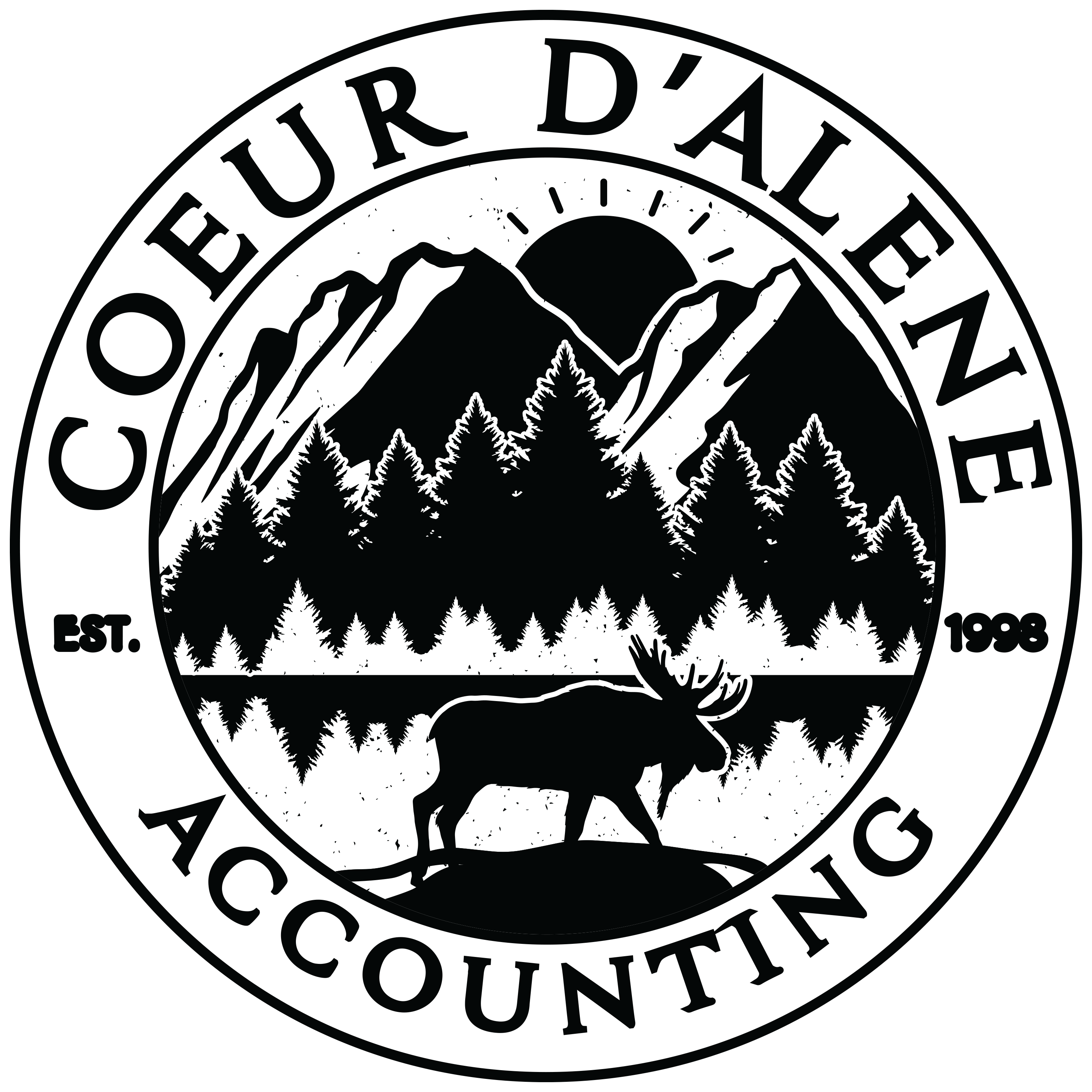In Paying for College for those living in the greater CDA Idaho area, you can pay your college student, for example, $23,255 for a one-time job that was not subject to self-employment taxes.
With this strategy, you deducted the $23,255 and your child paid $1,028 in 2021 taxes.
This is terrific, but you might ask:
The 1099
The 1099 reporting is somewhat of a surprise. You report most payments to individuals for services performed on IRS Form 1099-NEC. But that’s not where you report the $23,255 one-time payment to your child.
In the instructions for IRS Form 1099-NEC, you find that you report in box 1 of Form 1099-NEC amounts that are subject to the self-employment tax.
For payments to individuals that are not subject to the self-employment tax, you report them in box 3 of Form 1099-MISC.
As you know from the article linked above, you paid your college student for a one-time job that was not subject to the self-employment tax; therefore, you report the payment in box 3 of Form 1099-MISC.
Kiddie Tax
The kiddie tax does not apply to this one-time payment to your college student. Why? Because the student received earned income for his personal services.
The kiddie tax applies to unearned income such as investment income. The kiddie tax does not apply to earned income.
The kiddie tax rules use IRC Section 911(d)(2) to define earned income as “wages, salaries, or professional fees, and other amounts received as compensation for personal services actually rendered.” The key words for the college student are “personal services actually rendered.”
Some tax professionals have trouble getting their software to stop applying the kiddie tax to this one-time payment. This may require an override, but first make sure that you have this one-time payment on Form 1040, Schedule 1, line 8z. Per the IRS instructions, this is where you put income from a sporadic activity that’s not subject to the self-employment tax.
And then there’s a question: Is this student a dependent in the year he received the $23,255? If the student provides more than one-half of his own support for the year, he is not a dependent for the year.
As a dependent, the student pays tax of $2,495, whereas if the student is not a dependent, the tax is $1,028. And, of course, you have to consider the effect (or lack thereof) of the dependent on the parent’s taxes.
Contribute to an IRA
The tax code limits the IRA deduction to the lesser of (a) the deductible amount or (b) the compensation included in the taxpayer’s income.
The first question: Is this one-time payment to the college student “compensation” in the eyes of the tax code?
Section 219(f) states that the term “compensation” includes earned income as defined in Section 401(c)(2). That definition is not as expansive as we need, so let’s look to the IRS for more info.
The IRS in its regulations interprets compensation to mean wages, salaries, professional fees, and other amounts derived from or received for personal services actually rendered. In this proposed regulation, the IRS goes on to state that compensation includes earned income as defined in IRC Section 401(c)(2).
Here, although it is different from the path for the kiddie tax, we focus on “other amounts derived from or received for personal services actually rendered.” Without question, our college student earned the $23,255 from his personal services.
As you may remember from above, the student’s IRA deduction is limited to the lesser of the deductible amount or his taxable compensation. The deductible amount is $6,000 for tax years 2021 and 2022, so our student’s contribution to a traditional or Roth IRA is limited to $6,000.
Again, as with avoiding the kiddie tax, your tax preparer is likely going to have to use an override to get his or her tax preparation software to allow either (a) the $6,000 traditional IRA tax deduction or (b) the $6,000 contribution to the Roth.
Takeaways
The one-time payment your business makes to your college student for work on a project triggers little-known rules that have a big impact on the tax benefits.
For IRS Form 1099, you should put the one-time payment in box 3 of Form 1099-MISC, even though that may not be where you would’ve expected to put that payment.
Regarding the kiddie tax, it’s important to recognize that most tax preparation software treats the box 3 income as non-earned income, which triggers the kiddie tax—and which is incorrect for this payment to your collect student. To fix this problem, your tax preparer has to override the tax preparation software entry.
And when you get to the tax deduction for the traditional IRA, your college student has earnings that qualify, but your tax preparer has software that requires an override to get this tax deduction in place.



Recent Comments